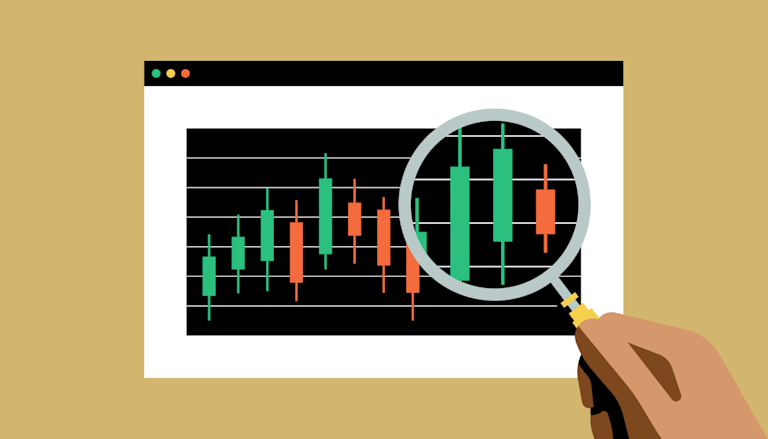The Ultimate Guide to Creating Your Own Crypto Trading Journal

The Ultimate Guide to Creating Your Own Crypto Trading Journal
In the rapidly evolving world of cryptocurrency, keeping a detailed record of your trades can significantly enhance your trading performance. A Crypto Trading Journal serves as a powerful tool, allowing you to analyze your past trades, learn from your mistakes, and refine your strategies over time. If you haven’t yet started maintaining a journal, now is the perfect time to do so. To kickstart your journey, you can also Crypto Trading Journal visit website for more insights. In this article, we will delve into the essentials of a Crypto Trading Journal and how to make the most out of it.
Understanding the Importance of a Trading Journal
Traders often overlook the significance of keeping a journal, yet it plays a crucial role in enhancing your trading performance. Here are several reasons why maintaining a Crypto Trading Journal can be beneficial:
- Accountability: Documenting your trades makes you accountable for your decisions, which can lead to more disciplined trading.
- Analysis: Reviewing your past trades enables you to identify patterns, mistakes, and successful strategies that you might not notice otherwise.
- Learning Tool: A journal serves as a learning tool that aids in transforming your experiences into knowledge. You can track what works and what doesn’t.
- Stress Reduction: Having a clear record of your trades can lessen anxiety and improve decision-making during crucial trading moments.
What to Include in Your Crypto Trading Journal
Creating an effective Crypto Trading Journal doesn’t require any special skills, but it does require attention to detail. Here are the fundamental components you should include:
- Date: When did you enter or exit the trade? This helps you determine if any seasonal trends affected your trades.
- Cryptocurrency: Specify which cryptocurrency you traded. Keeping track of different assets allows you to pinpoint which ones are working best for you.
- Trade Type: Was it a buy or sell order? Knowing the direction of your trades is crucial for analysis.
- Entry and Exit Price: Note down the price at which you entered and exited the trade. This data is critical for performance evaluation.
- Position Size: Document how much of the cryptocurrency you traded. This helps in assessing risk management strategies.
- Stop Loss and Take Profit Levels: Record the levels you set for stop loss and take profit orders. Analyzing these can help you improve your risk/reward ratios.
- Rationale: Write down why you made each trade. Documenting your thought process is essential for improving future decisions.
- Emotional State: Note your emotions before and during the trade. Understanding how your emotions affect your trading can help you develop a more disciplined approach.
- Post-Trade Analysis: After exiting the trade, analyze what went well and what didn’t. This will improve your learning curve significantly.
Different Formats for Your Trading Journal

When it comes to maintaining your Crypto Trading Journal, you have several formats to choose from. Each has its pros and cons, and the right choice often depends on individual preferences:
- Spreadsheet: Using tools like Microsoft Excel or Google Sheets allows for easy organization and analysis of your trades. You can create custom formulas to analyze performance data.
- Notebook: A traditional pen-and-paper approach can be beneficial for those who prefer writing. However, analyzing data can be more time-consuming.
- Dedicated Apps: There are several apps designed specifically for crypto trading journals, offering advanced features like analytics, charts, and mobile access.
- Blogging Platforms: Some traders prefer to maintain their journals publicly, gaining community feedback while documenting their trades.
How to Maintain Consistency with Your Journal
Maintaining consistency in keeping your journal is key to reaping its benefits. Here are some tips to help you stay on track:
- Schedule Regular Updates: Set aside a specific time daily or weekly to update your journal after each trade.
- Use Reminders: Utilize tools like calendar notifications to remind you to log your trades.
- Stay Committed: Treat your journal as an essential part of your trading strategy and commit to entering every trade.
- Review Regularly: Regular reviews of your journal can encourage you to maintain it and motivate you to improve.
Analyzing Your Trades: When to Review Your Journal
Analysis is the cornerstone of effective trading, and it’s essential to review your journal periodically. Set specific intervals—weekly, monthly, or quarterly—to conduct a thorough analysis. During these reviews, consider:
- Identifying your most successful trades and the strategies behind them.
- Pinpointing common mistakes and areas for improvement.
- Adjusting your trading strategies based on historical performance.
- Examining your emotional responses to different outcomes and using this insight to build better emotional resilience.
Conclusion
In conclusion, maintaining a Crypto Trading Journal is not just about tracking trades—it’s a holistic approach to becoming a better trader. The insights garnered from your journal will guide your decisions, improve your strategies, and ultimately enhance your trading experience. Whether you’re a novice or an experienced trader, committing to this practice can yield valuable long-term benefits. Start your journey today and take your crypto trading to new heights!


